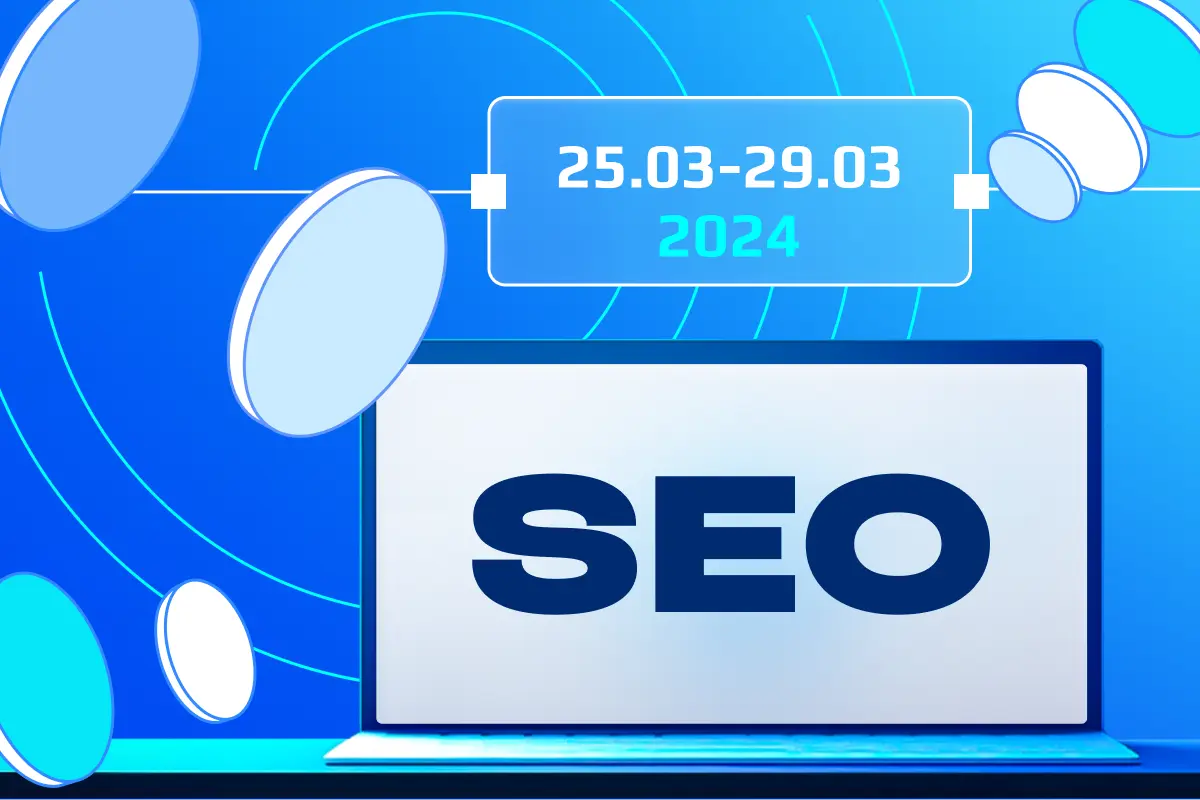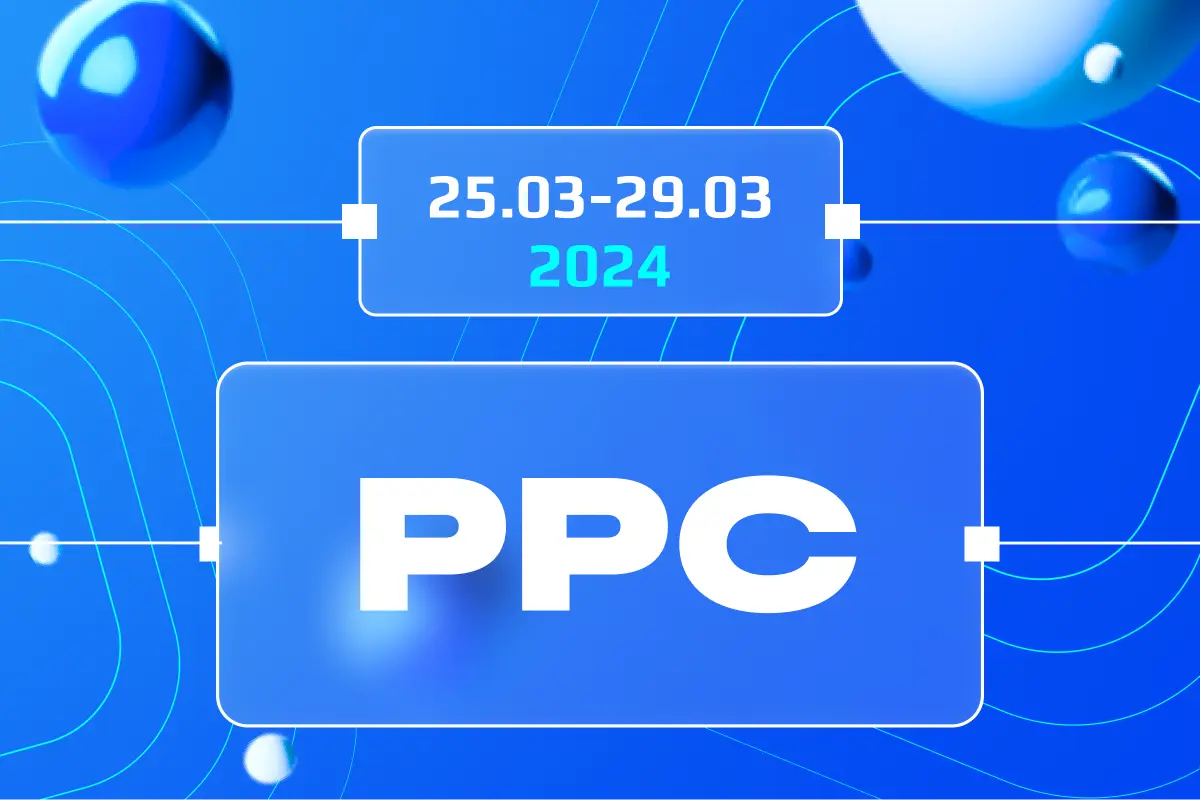What Is Long-Form Content & Why Does It Work?
What Is Long-Form Content?
Long-form content is comprehensive, in-depth material that fully explores a topic, idea, or story. This content type extends beyond the surface-level information, providing detailed insights, analysis, or narratives. Characterized by its length, it typically exceeds 1,200 words, although the exact word count can vary depending on the subject and purpose. Long-form content includes a variety of formats such as articles, blog posts, white papers, and reports. Its defining feature is the depth of coverage it offers, making it a valuable resource for readers seeking thorough understanding or expertise in a particular area.
Long-Form Content Vs. Short-Form Content
The primary distinction between long-form and short-form content lies in length and depth. Short-form content, often under 1,200 words, is designed to be quickly consumed, offering concise information, brief insights, or quick updates. It’s ideal for readers with limited time, looking for quick answers or entertainment. In contrast, long-form content dives deeper, providing detailed exploration, backed by research, examples, and comprehensive analysis. This difference also influences the content’s purpose: short-form aims to inform or entertain briefly, while long-form seeks to educate, persuade, or engage on a deeper level.

Why Does Long-Form Content Work?
Long-form content works for several reasons. First, it establishes authority. By thoroughly covering a topic, the content demonstrates the author’s expertise, building trust with the audience. Second, it enhances SEO performance. Search engines favor comprehensive content that provides substantial value to readers, often ranking it higher in search results. This depth also encourages engagement, as readers spend more time on the page, reducing bounce rates and increasing the likelihood of sharing. Additionally, long-form content offers more opportunities for internal linking, further improving SEO and providing a richer user experience. Finally, it caters to the audience’s desire for detailed information, meeting the needs of those seeking to learn or understand topics at a deeper level. Through its ability to inform, engage, and persuade, long-form content plays a crucial role in content strategy, particularly in fields requiring depth and detail.
How To Write Long-Form Content
To craft compelling long-form content, it’s essential to start with a solid foundation. Understanding the purpose behind your content is the first critical step. For those looking to dive deeper into crafting content that ranks well on search engines, exploring the principles of SEO-friendly content writing in 2024 can offer valuable insights.
Step 1: Find Your Content’s Purpose
Before typing a single word, define the purpose of your content. Is it to educate, inform, persuade, or entertain? Every piece of content should have a clear goal. Whether it’s to inform, entertain, educate, or persuade, knowing this goal guides your research and writing process. For more on aligning your content with strategic goals, consider reading about developing a content marketing strategy, which can provide a roadmap for creating content that serves your broader business objectives.
Step 2: Create A Story That Drives Engagement
Stories captivate and retain attention. Weave a narrative throughout your content to guide readers through the material in an engaging way. Storytelling is a powerful tool in long-form content. Engage your readers with narratives that resonate on a personal level. If you’re looking for ways to leverage your audience’s contributions for more engaging stories, user-generated content (UGC) — a guide to getting started can offer practical tips and insights.
Step 3: Write Enough To Convey Your Message
While long-form content is, by definition, lengthy, every sentence should serve a purpose. Write enough to thoroughly cover your topic, but avoid filler content that dilutes the value of your work. The depth of your content should reflect its purpose. Achieving the right balance between depth and accessibility ensures your message is conveyed effectively. For those interested in measuring the impact of your content, a deeper understanding of content marketing metrics and monitoring methods can help you evaluate and refine your content strategy based on data-driven insights.

Step 4: Break Up Text With Visuals And A Well-Designed Page
Large blocks of text can be intimidating and tiring to read. Break up your content with high-quality visuals, such as images, charts, infographics, or videos, that complement and enhance your narrative. Additionally, utilize a well-designed page layout with ample white space, subheadings, and bulleted or numbered lists to improve readability and scannability.
Step 5: Promote And Repurpose
Creating long-form content is only the first step; promoting it is equally important. Share your content across social media platforms, email newsletters, and other channels to reach a wider audience. Additionally, repurpose your content into different formats, such as podcasts, webinars, or slide presentations, to maximize its reach and lifespan. Effective promotion and repurposing not only extend the reach of your content but also reinforce your message and brand.
By following these steps, you can produce long-form content that not only ranks well in search engines but also genuinely engages and provides value to your audience.
High-Quality Long-Form Content Examples
To understand the impact and structure of effective long-form content, let’s examine some notable examples available online. These pieces exemplify how depth, engagement, and comprehensive coverage can be achieved.
Example 1: “How governments spurred the rise of solar power” on The Economist

This article from The Economist not only charts the technological advancements and decreasing costs of solar power but also explores the geopolitical and environmental implications of a shift towards solar energy. The piece is rich with graphs, interviews with industry experts, and case studies from around the world, making it a comprehensive resource on the subject. It exemplifies the effectiveness of using a mix of visual data representations and expert insights to provide a multi-dimensional view of a complex topic. For content creators, this highlights the importance of thorough research and the inclusion of diverse perspectives to enrich long-form content.
Example 2: “The Dark Web as You Know It Is a Myth” on Wired

Wired’s exploration into the Dark Web offers a deep dive into its origins, its role in the digital age, and the ethical and legal issues surrounding its use. What makes this piece stand out is its ability to humanize a topic often shrouded in mystery and negativity, by including stories of individuals who navigate the Dark Web for various reasons. The narrative is enhanced with interactive elements, such as embedded videos and infographics, which break up the text and provide visual interest. This example demonstrates the power of storytelling in making complex or abstract topics accessible and engaging to a wider audience. Content creators can learn the value of incorporating multimedia elements and personal stories to create a more engaging and relatable piece.
Example 3: “The Ultimate Guide to Google Analytics” on HubSpot

HubSpot’s guide to Google Analytics is a masterclass in creating educational long-form content that serves as a valuable tool for its target audience. The guide is meticulously organized into sections covering basics for beginners, advanced techniques for seasoned users, and strategic insights for everyone in between. What sets this guide apart is its practicality; it’s filled with actionable tips, screenshots illustrating step-by-step processes, and external links to further resources. This example underscores the importance of structure and utility in long-form content, ensuring that readers can easily navigate through the information and apply it to their needs. For content creators, this highlights the importance of clarity, comprehensive coverage, and practical advice in crafting educational content.
Each of these examples demonstrates essential elements of successful long-form content: depth of research, engaging storytelling, practical insights, and a well-structured presentation. By incorporating these elements, content creators can produce impactful and valuable content that resonates with their audience and stands the test of time.
Conclusion
High-quality long-form content stands as a beacon in the digital landscape, offering depth, insight, and value that short-form content simply cannot match. As illustrated by the examples from The Economist, Wired, and HubSpot, the key to impactful long-form content lies in its ability to thoroughly explore a topic through comprehensive research, engaging storytelling, practical insights, and a well-structured narrative. These examples serve as benchmarks for content creators aiming to make a significant impact on their audience.
To craft content that resonates deeply with readers, content creators must focus on the purpose of their work, invest in thorough research, incorporate diverse perspectives, and present their findings in a format that is both engaging and accessible. The inclusion of visual elements, interactive features, and actionable advice further enhances the reader’s experience, making the content not just informative but also immensely valuable.
In an era where information is abundant but attention is scarce, long-form content that is carefully crafted and genuinely useful can cut through the noise, attract a dedicated readership, and establish a brand’s authority in its field. As we move forward, the demand for such content will only grow, as readers seek out reliable sources of in-depth information and insights.
and stay up-to-date with the latest news about our platform and affiliate marketing.




